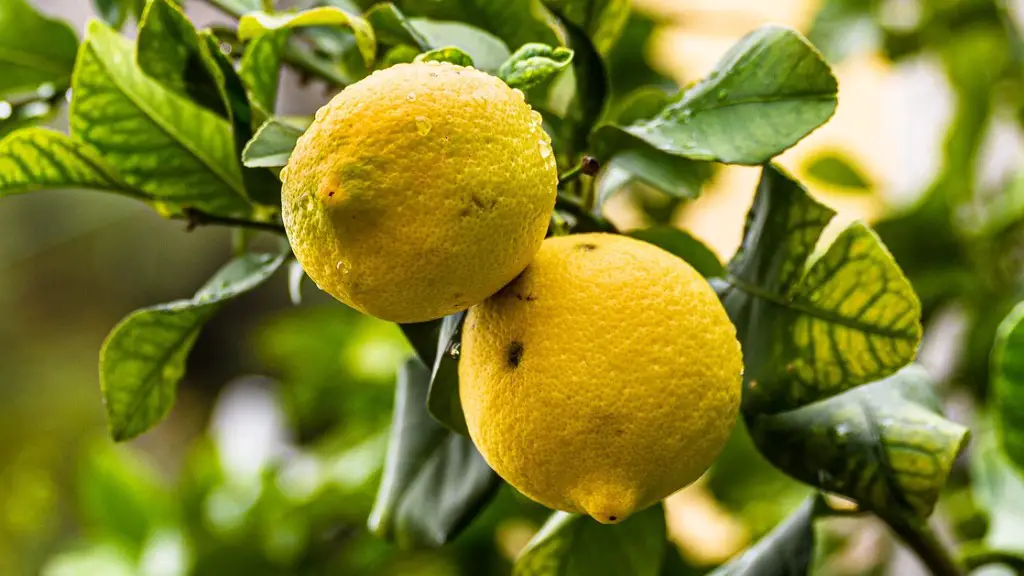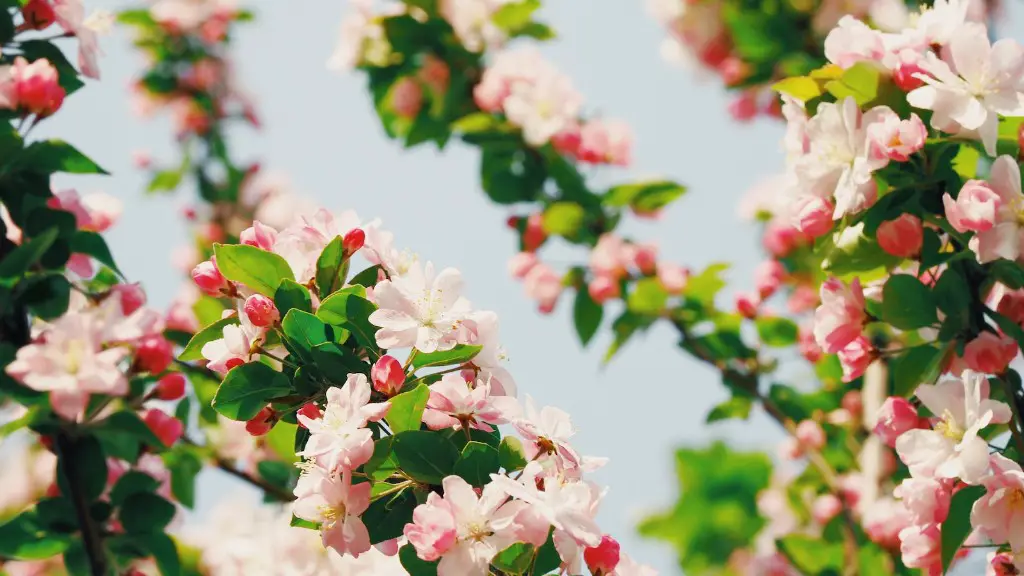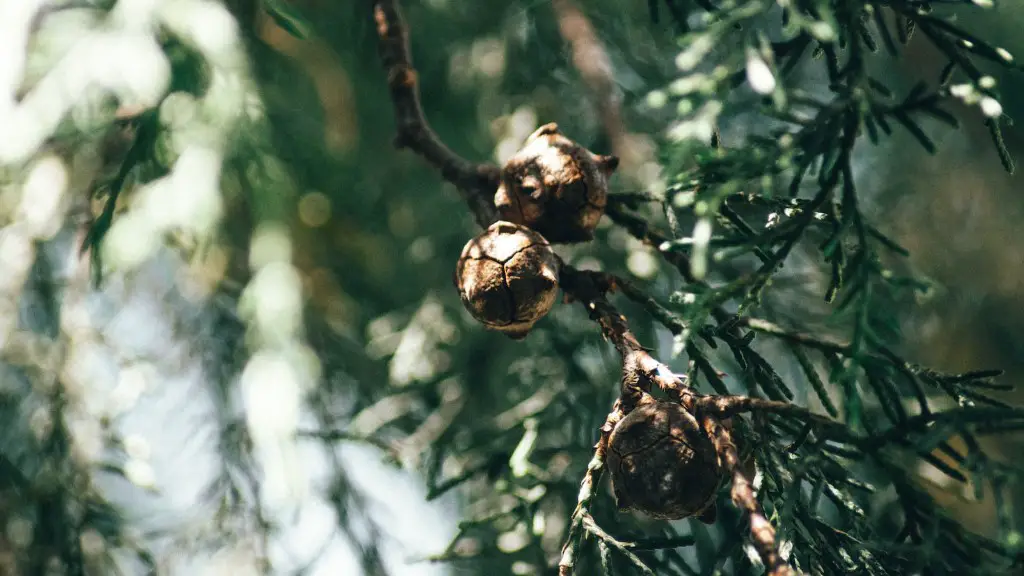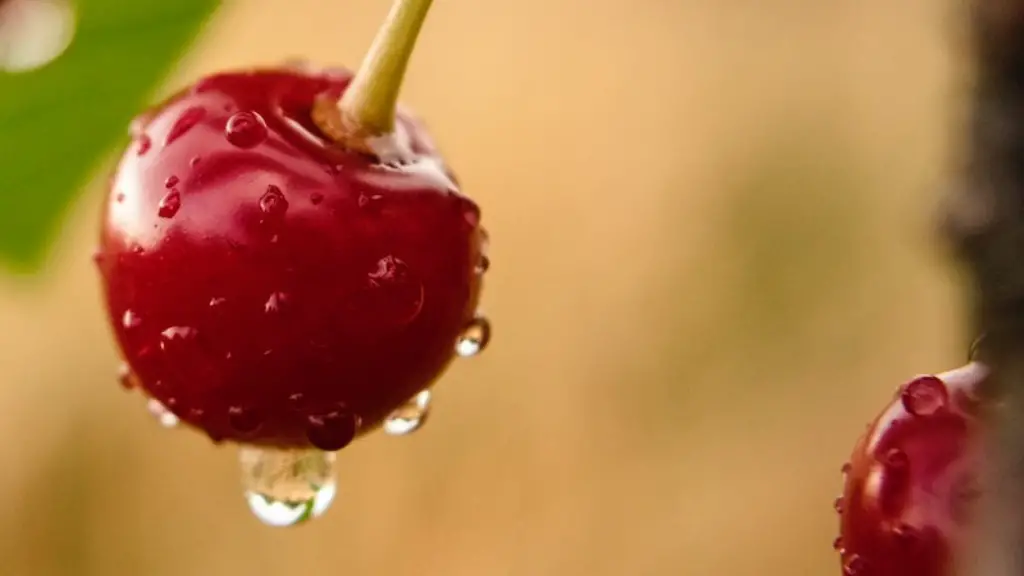When to Bring Avocado Tree Inside
All gardeners know that you have to take precautions to protect plants from the elements. Avocado trees are also no exception. Growing an avocado tree inside is a popular option – as long as you understand the right way to go about it. To help you understand when and how to bring your avocado tree inside, this article covers everything you need to consider.
Before bringing your avocado tree indoors, it’s crucial to understand where you plan to grow it. Avocado trees are tropical and do best in warm, humid weather with plenty of sun, so you’ll need to find an area of your home that can replicate these conditions. The south, southeast, or southwest side of the house is often ideal for growing indoor avocado trees.
The second major consideration when bringing your avocado tree inside is the size. Without enough space and sunlight, the plant won’t be able to flourish. A larger avocado tree will always require more space indoors, so the tree’s size needs to be taken into account before it can be safely moved.
Finally, you’ll need to make sure the soil is of good quality and well-draining. If the soil is too dense or heavy, it won’t retain enough moisture and the roots won’t have access to the oxygen they need. Ideally, a mixture of 50% potting soil, 25% sand, and 25% peat moss works best when the avocado tree is going to be brought indoors.
Ideally,Bringing an avocado tree inside should be done before the colder months start. This will ensure that the tree is fully prepared when the freeze sets in. You should also ensure that the tree has been watered sufficiently prior to bringing it inside, to maintain a healthy balance
If you plan to bring your avocado tree back outdoors when the temperatures rise, you’ll need to take some extra precautions. First, be sure to keep the sunlight levels consistent. Additionally, you should monitor the soil’s moisture levels and adjust the watering regiment accordingly to make sure the plant is not over or under watered.
Finally, make sure to use the right soil for both outdoor and indoor activities. A mixture of one-third potting soil, one-third organic matter, and one-third sand is typically ideal for both conditions. This way, you can easily switch between outdoor and indoor depending on the weather.
The Importance of Sunlight
When bringing avocado tree inside, it’s important to provide sufficient levels of natural light to the plant. Without direct light, your tree won’t be able to photosynthesize and may become weaker and even start to die. During the winter season, when the days are shorter, it’s often necessary to supplement sunlight through the use of artificial light sources like grow lights or LED lamps.
In general, an indoor tree should get about 10-12 hours of light per day, but this varies depending on the type of avocado tree you have. Some varieties of avocado trees can tolerate low-light conditions and even grow with indirect light. However, more established trees may require more direct sunlight for them to fruit and flower properly.
When it comes to UV radiation, avocado trees are relatively sensitive, so it’s important to be careful of how much exposure the plant gets from artificial and natural light sources. Generally, a few hours of direct morning sun is fine, and then you can move the tree away from any direct sunlight during the afternoon.
Avoid Overwatering
It’s also important to remember that your avocado tree is going to need less water when it’s brought indoors as compared to when it’s outdoors. This is because the air inside is usually much drier than outside, and the roots won’t be able to access as much moisture from the soil. As a result, you should be careful to not overwater the tree.
When watering avocado tree indoor, be sure to use filtered or distilled water since tap water can contain too many minerals that can harm the plant. And in general, stick to a consistent watering schedule, making sure to leave at least a few days between sessions. This should give the soil enough time to completely dry out and allow the roots to access the vital oxygen they need.
It’s also important to periodically check the soil for signs of dampness. You should never water until the soil is soaking wet, as too much moisture can drown the roots and lead to root rot. Instead, water every few days until the soil fades from dark to lighter, a sign that the plant needs to absorb more water from the environment.
Controlling Temperature
In addition to light and water, temperature can also play a crucial role in how well the avocado tree does. In general, avocado trees prefer to be kept at temperatures between 60 and 70 degrees Fahrenheit, regardless of whether it’s indoors or outdoors. Any higher than this and the tree may suffer from heat stress.
When moisture is present, the temperature is also important. Inside, your list will prefer higher humidity levels, between 20 and 50 percent. Be careful, though, as if the levels get too high, it can promote the growth of fungus and other diseases. An easy way to keep humidity levels optimal is to mist the leaves regularly or place the planting container on a tray with pebbles and water.
Using Proper Fertilizers
Since your avocado tree will be relying solely on the nutrients it’s receiving from the soil, it’s important to provide the correct fertilizers. Fertilizers help give the nutrients the tree needs to grow and stay healthy, and when bringing your avocado tree indoors, you want to make sure the appropriate ones are used.
For the most part, you should use balanced fertilizers like a 20-20-20 or 15-15-15 mix. These are slow release fertilizer formulas, so you only need to use them once every few months to maintain the health of the tree. Additionally, avoid using any nitrogen-based fertilizers, as these can cause the tree to become too top-heavy, making it difficult for the tree to support its own weight.
Note that when bringing an avocado tree indoors, it’s important to transition slowly. Start by gradually exposing the tree to indoor light and temperature levels, slowly over a couple weeks, until the tree is fully acclimated. This will prevent any sudden shock which can harm the tree’s health.
Pests and Diseases
You’ll also need to keep an eye out for any signs of pests or diseases when bringing your avocado tree indoors. If you have spotted any signs of pests, use natural, organic methods to get rid of them and not synthetic pesticides. Additionally, if the tree shows any diminishment in vigor, it might be suffering from a disease. In this case, it’s best to talk to a horticulturist for advice on what to do.
Soil Type
When bringing your avocado tree indoors, you want to use good quality soil which is well-draining and nutrient-rich. The soil should provide your tree with the necessary nutrients and minerals, along with allowing the roots to access sufficient amounts of oxygen and water. For best results, you can mix together equal parts of potting soil, sand and peat moss.
You’ll also need to make sure you are repotting once every two years or so, as this will replace any soil which is depleted of nutrients. Additionally, make sure to weed regularly and clean up any fallen leaves, fruits or other debris, as this will avoid the proliferation of pests or diseases.
Signs of Stress
When bringing your avocado tree inside, it’s important to watch out for any signs of stress. You can recognize the signs by observing the tree’s leaves. If the leaves are beginning to yellow or curl up, then this is a symptom of stress and you should take action to fix the issue.
The most common cause of stress is sudden changes in temperature, light or water; all of which can occur when an avocado tree is brought inside. In this case, you’ll need to bring the tree back to its normal conditions, reducing the intensity of light or amount of water it’s receiving. Checking the soil moisture levels regularly is also important, as this will avoid the tree from becoming over or under watered.
General Care and Maintenance
When bringing an avocado tree inside, Maintenance is key to its success. Pruning can help encourage healthy growth, as well as remove any damaged or dead branches. Additionally, if you plan to move your tree back outside in the future, pruning can also help keep the tree at a manageable size.
You should also inspect the tree regularly for any pests or diseases, as these can be damaging to an avocado tree. In addition, try to cultivate healthy soil for the tree by adding compost, mulch or other organic matter to the soil, as this will add much needed nutrients to the tree.
Conclusion
Bringing your avocado tree indoor is a great way to ensure the tree is protected during colder months. With proper care and maintenance, you can successfully grow your avocado tree indoors and reap the benefits of its delicious fruits. However, it’s important to keep in mind that different climate and temperature conditions need to be taken into account when moving your avocado tree inside – such as providing sufficient light and avoiding too much or not enough water.




